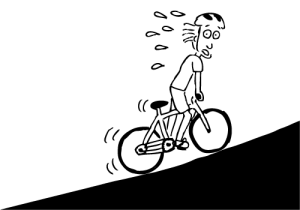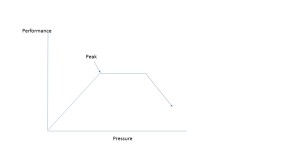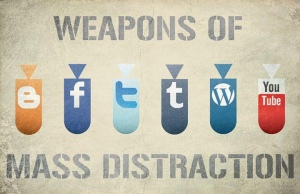This week I’ve written three video scripts for my fertility client. One was on the impact of stress on fertility, another on the Weston A Price diet and then today one on going gluten-free for fertility. So what are the rules?
Firstly, aim for between two and four minutes for an audience like this, of people who are specifically visiting for information. Given that it takes longer to impart spoken information than written information, aim for talking at 125-150 words per minute. This means that your script needs to be a maximum of 600 words.
You need to start with a bold introduction telling your audience what you’re going to tell it. The first 60 seconds should explain what they will learn and have a call to action. Here’s the one I wrote for stress.
In this video I’m going to tell you how you can improve your chances of getting pregnant just by doing something you used to do before you started worrying about getting pregnant………..relaxing. Can it really be that simple? Well yes it can.
and this one for the Weston A Price diet.
Dr Weston A Price developed a diet based on years of travelling around the world and observing the effects of traditional societies as they migrated from their native foods to the modern processed foods. He advocates his diet for women wanting to conceive a healthy baby so I’m going to tell you about three things to cut out right now and three things to replace them with to ensure your body is most receptive to conception.
You need to speak directly to your audience and use ‘I’ and ‘you’ because you are speaking to them as if you’re in the same room.
Talk about something they care deeply about. In this case it’s fertility but you will be focusing about what your customers and clients care about. This is not about you, it’s about them.
Don’t waste their time telling them what they already know, they will just leave you mid sentence. Don’t talk down to them as if they know nothing nor should you talk in jargon and professional language because they won’t feel you’re talking to them at all. Instead talk to them as if you’re talking to a friend over a cup of coffee.
It’s good to engage them with a good story that they can relate to but keep it short and relevant. Here’s one I wrote for the stress video script.
We all know of people like us who have been trying to get pregnant for years, they’ve read all the articles, he’s wearing loose pants, they’ve filled the fridge with healthy food and she’s taking her temperature every day to work out when she’s ovulating. You know the story. Then they decide they aren’t meant to have children or they go on holiday, give up and resign themselves to being loving aunties and uncles. Then ‘boom!’ out of nowhere, they get pregnant! Friends of mine even decided to cycle the length of France because they didn’t want to keep putting off doing things on their ‘bucket list’ any more. She came back saying she’d found some of the hills rather hard and when she also noticed she hadn’t lost any weight her doctor suggested she might be pregnant. She said ‘I can’t be, we haven’t even been trying!’ but did a blood test because she wondered what could be wrong. Maybe she’d picked up an infection. Guess what! You know the ending of this story don’t you? Yes she was pregnant, by then about four months pregnant!

If you want to refer to a study, just mention it briefly because video isn’t a great medium for conveying statistics and sources, samples and the details of the source of the original article.
Here’s how I tackled this in the gluten-free script.
A recent study in the US looked at 188 infertility patients and found that 5.9% had undiagnosed celiac disease. Now that’s not very high is it? But when you look at the fact that in that study after they went gluten-free, they all got pregnant.
Leave them with a call to action so they are reminded what you said at the beginning and have no doubt about what they should do.
Here’s the end of the stress script.
And laugh!
Did you know that our body isn’t so very clever, after all? It may know when you’re stressed even when you don’t but it can’t tell the difference between a fake laugh and a real laugh. It assumes both mean that you are relaxed so go on, laugh your way to fertility.
So I hope you’ve learned some of the rules of writing a video script and feel confident to write your own now.

 I’m hoping many of you reading my Blog are readers of my books, whether they be my NLP books, children’s books (as JudyBee) or Marketing/Market Research titles. I wanted therefore to tell you something of my writing life. In this post I want to tell you how I write a Blog Post. Many of you will have blogs and may be interested in my process although this is by no means the best or only way to write them! Everyone has their own style and process regardless of content.
I’m hoping many of you reading my Blog are readers of my books, whether they be my NLP books, children’s books (as JudyBee) or Marketing/Market Research titles. I wanted therefore to tell you something of my writing life. In this post I want to tell you how I write a Blog Post. Many of you will have blogs and may be interested in my process although this is by no means the best or only way to write them! Everyone has their own style and process regardless of content.

















